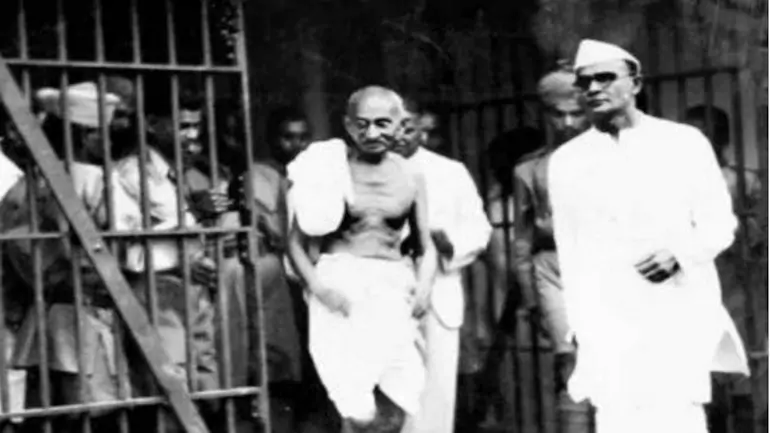We all know of Mahatma Gandhi’s fight for freedom in India. But few of us understand what culminated in this cause. In 1893, a shy Indian lawyer named Mahatma Karamchand Gandhi arrived in Durban, South Africa, to represent Messrs Dada Abdullah’s firm in a racial discrimination case. That same year, he experienced firsthand racism that would change the course of his life.
On June 7, 1893, Mahatma was forcibly evicted from a train, a carriage meant for white people in Pietermaritzburg, South Africa. He later said that he realized he could either toughen up and face the challenge at hand by pushing forward with the case. Or give and go back home to India.
In the coming year, he formed the Natal Indian Congress and pivoted his journey towards political leadership. He worked on helping the Indian community in South Africa to rally for their rights. In 1906, he led the Indian community in opposing the introduction of the Transvaal Asiatic Law Amendment. This event came to be known as the 1906 Satyagraha Campaign.
The movement lasted for six years. This was the beginning of Mahatma’s passive resistance to fight for different causes in South Africa over the next few years. Then, finally, he wrote that he had a choice between violence or finding another way that still bore results.
He also worked towards uniting Indians of all castes and religions to work together towards their common cause. This was a major issue he had to face when he returned to India. On November 6, 1913, Mahatma led mine workers to protest a bill requiring formerly indentured laborers to pay tax, which led to his arrest. After he was released on bail, he rejoined the protest and was arrested a second time.
Gandhi and his fellow protesters were eventually victorious in their fight against the Indian Relief Bill. Find out more about historical freedom movements here.

